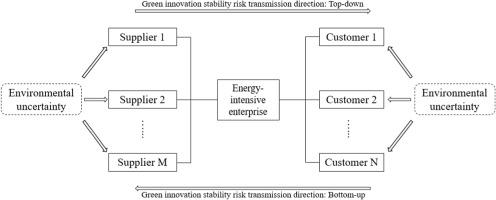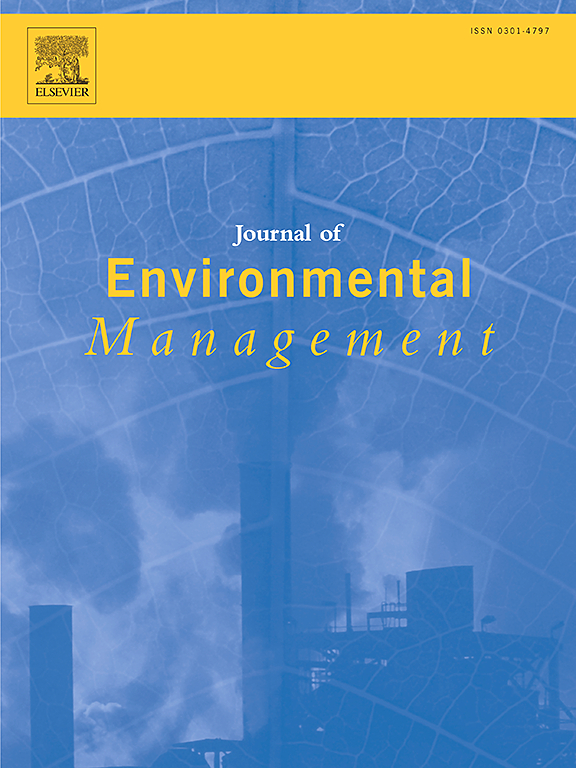环境不确定性、供应链与可持续绿色创新的稳定性:基于能源密集型企业的微观证据。
IF 8
2区 环境科学与生态学
Q1 ENVIRONMENTAL SCIENCES
引用次数: 0
摘要
在能源密集型企业低碳转型的背景下,持续绿色创新的稳定性风险及其在供应链中的传导机制值得关注。具体来说,这些稳定风险会沿着供应链传递吗?如果会,又是如何传导的?因此,本研究以 2008 至 2021 年中国能源密集型企业及其上下游企业为研究对象。研究探讨了持续绿色创新的稳定性风险在供应链中的传递效应以及环境不确定性的作用。研究通过量化持续绿色创新的稳定性风险指标和分析供应链机制,揭示了风险传递的不对称性以及环境不确定性的定向和调节作用。结果表明,持续绿色创新的稳定性风险主要向供应链上游传递。机制变量包括融资约束、绿色转型程度和供应关系协调。此外,研究还发现,供应结构的差异导致了传导效应的异质性。这些发现为能源密集型企业在绿色创新中的风险管理策略提供了理论支持。研究还为加强绿色创新中的协调、优化供应链结构以降低稳定性风险暴露提供了实践指导。本文章由计算机程序翻译,如有差异,请以英文原文为准。

Environmental uncertainty, supply chain, and stability of sustainable green innovation:Based on micro evidence from energy-intensive enterprises
In the context of the low-carbon transformation of energy-intensive enterprises, the stability risks of continuous green innovation and their transmission mechanisms within the supply chain warrant attention. Specifically, will these stability risks be transmitted along the supply chain? If so, how are they transmitted? Therefore, this study focuses on Chinese energy-intensive enterprises and their upstream and downstream companies from 2008 to 2021. It explores the transmission effects of stability risks of continuous green innovation within the supply chain and the role of environmental uncertainty. By quantifying stability risk indicators of continuous green innovation and analyzing supply chain mechanisms, the study reveals the asymmetry of risk transmission and the directional and moderating effects of environmental uncertainty. The results indicate that stability risks of continuous green innovation primarily transmit upstream in the supply chain. Mechanism variables include financing constraints, degree of green transformation, and coordination of supply relationships. Additionally, the study finds that differences in supply structure contribute to heterogeneity in the transmission effect. These findings provide theoretical support for risk management strategies of energy-intensive enterprises in green innovation. It also provides practical guidance on strengthening coordination in green innovation and optimizing supply chain structure to reduce stability risk exposure.
求助全文
通过发布文献求助,成功后即可免费获取论文全文。
去求助
来源期刊

Journal of Environmental Management
环境科学-环境科学
CiteScore
13.70
自引率
5.70%
发文量
2477
审稿时长
84 days
期刊介绍:
The Journal of Environmental Management is a journal for the publication of peer reviewed, original research for all aspects of management and the managed use of the environment, both natural and man-made.Critical review articles are also welcome; submission of these is strongly encouraged.
 求助内容:
求助内容: 应助结果提醒方式:
应助结果提醒方式:


